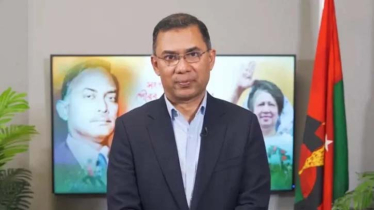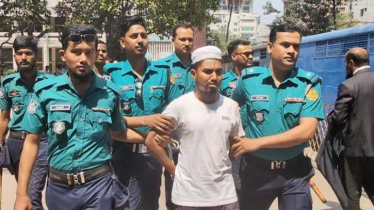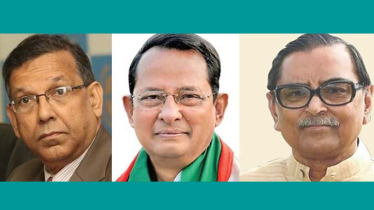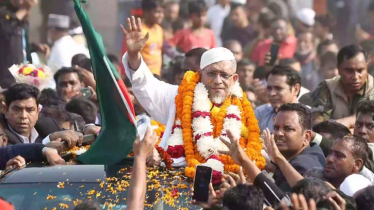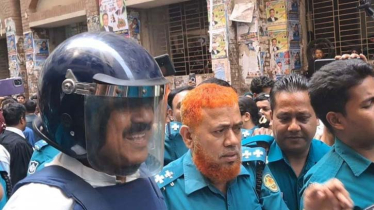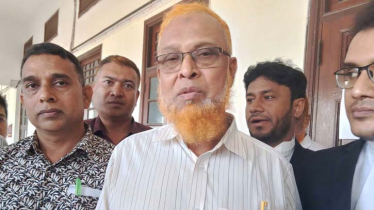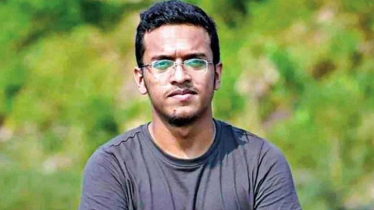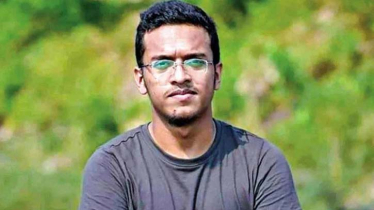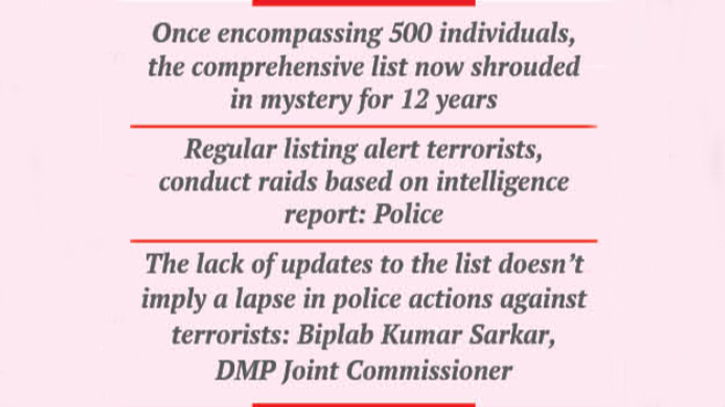
Photo: Messenger
A decade ago, towards the end of 2011, the police compiled a list of individuals suspected of engaging in terrorist activities within the capital. This comprehensive list, encompassing 500 individuals, was meticulously crafted through collaboration between the intelligence agency and various police stations. Those featured on this list earned the designation of 'terrorists' due to their involvement in a minimum of 5 to 10 criminal cases, spanning offenses such as drugs, weapons, extortion, and robbery. Regrettably, this crucial list has remained untouched and unupdated for an extended period.
DMP Joint Commissioner Biplab Kumar Sarkar, in response to inquiries from The Daily Messenger, clarified that the lack of updates to the list doesn't imply a lapse in police actions against terrorists. He highlighted that the police consistently gather intelligence information, which serves as the foundation for various operations. Sarkar explained that the absence of regular updates is intentional, as generating a new list alerts the terrorists, prompting them to go into hiding.
It has come to light that newly emerging individuals involved in criminal activities, often associated with political protection, manage to evade detection despite their engagement in various crimes. Concurrently, these emerging elements, sheltered politically, freely move around the city.
The police report that their attention has been consistently occupied by anti-terrorist operations and routine law enforcement efforts in recent years. This operational focus has made it challenging to compile a new comprehensive list of individuals involved in terrorism, extortion, and professional killings, as was done previously.
Reports indicate a concerning trend where emerging terrorists are seizing control of the field, overshadowing their more established counterparts. These newly identified individuals are not only engaging in extortion and terrorist activities but are also asserting dominance and control over specific regions. Allegedly, these emerging terrorists are emboldened by political shelter, allowing them to act recklessly.
Despite the absence of an updated police station list, law enforcement agencies, including the police and RAB, assert that they are actively engaged in counter-terrorism efforts.
After the list of terrorists was updated in 2009, on March 15, 2010, the then Home Minister, Advocate Sahara Khatun, disclosed the names of 42 top terrorists in the parliament. This list included names of certain individuals associated with criminal activities in the capital, including 22 top terrorists from the previous list. However, it was noted that some names on the list were of individuals who were either deceased or missing.
In 2010, the Dhaka Metropolitan Police (DMP) compiled a roster featuring 515 emerging terrorists from 41 police stations. By 2011, this list had expanded to include 550 individuals.
Unfortunately, the list was not updated beyond this point, leaving a gap in monitoring and addressing the activities of emerging individuals involved in criminal and terrorist activities.
Mostafizur Rahman, the officer-in-charge of Gendaria police station in the Dhaka Metropolitan Police (DMP), informed The Daily Messenger that the list of terrorists is still in possession of the police. However, the updating of this list is not as frequent as before. He mentioned that every police station maintains a list of criminals, including terrorists, and arrests are made based on these lists. Rahman emphasised that the process of listing terrorists and gathering information about them is an ongoing and continuous effort.
A senior official from the Dhaka Metropolitan Police (DMP) revealed that the previous practice of publicly publishing lists of top terrorists or police station-based terrorists did not yield the desired results. Consequently, the DMP has shifted its strategy to discreetly compile lists through intelligence channels. The process involves about 5-6 months of groundwork to prepare an initial list of top terrorists across the country by collecting information at the field level. Subsequently, an additional 2-3 months are required to finalise the list, incorporating details from various organisations.
However, due to the lengthy nature of this process, several individuals with criminal backgrounds often transition into prominent roles within the terrorist underworld during the gap. The delay in receiving timely field-level information leads to the omission of these emerging figures from the lists. Additionally, after the demise of a top terrorist, information about their death may not promptly reach relevant authorities, resulting in the occasional inclusion of deceased individuals in the list of top terrorists.
On December 26, 2001, the names of 23 top terrorists were initially disclosed. Eventually, in 2011, the then Home Minister Sahara Khatun expanded this list by adding more names and revealed a total of 42 top terrorists in Parliament. While no rewards were announced for the new additions, it was reported that 10 of them had been arrested, 10 were still at large, and one was declared missing. The detailed identity and whereabouts of the remaining 21 individuals were not disclosed. This particular list sparked widespread discussion and criticism at the time. Since then, there has been no official release of a most-wanted terrorists list by the Ministry of Home Affairs.
Messenger/Disha

